Active Science Experiments Posts


News: Rocket Power Your Lazy Boy
Since the days of Archytas, rocket propulsion has been the Holy Grail of aeronautics. Thanks to Galileo's inertia, Newton's laws of motion, and the "father of modern rocketry," Goddard, space is not a complete mystery anymore. Rocket-powered aircrafts have evolved from the first liquid fuel rocket in 1926, to the Soviet R-7 which launched Sputnik, to NASA's Saturn V that propelled Apollo 11 to the moon. Today, even billionaire tourists can enjoy space, like Microsoft's Charles Simonyi and Cir...
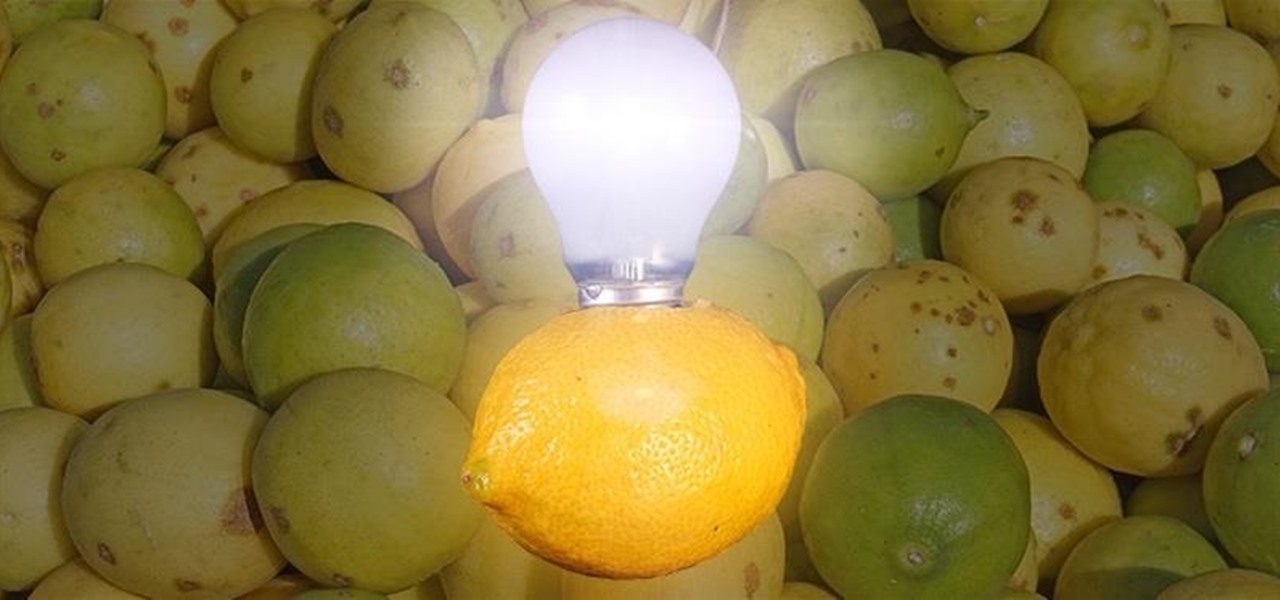
How To: The Best Investigatory Projects in Science: 16 Fun & Easy Ideas to Kickstart Your Project
Most of us have conducted an investigatory science project without even knowing it, or at least without knowing that's what it was called. Most science experiments performed, from elementary to high school students and all the way up to professional scientists, are investigatory projects.
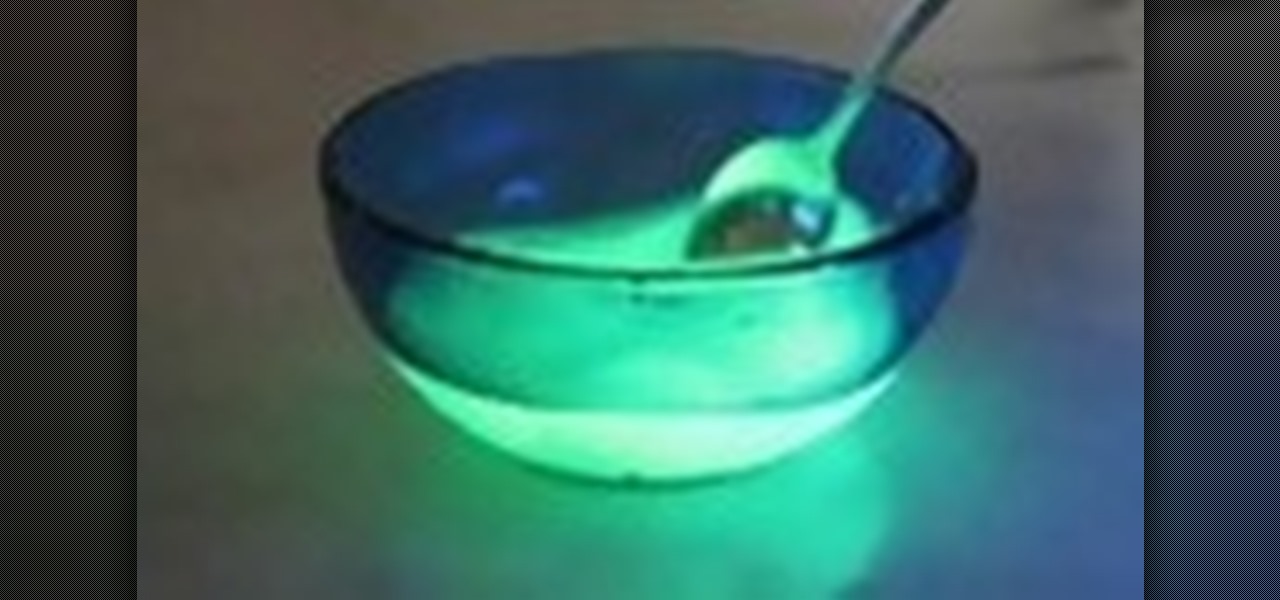
How To: Make glowing water
This video tutorial will show you how to make glowing water. You can use as an ingredient to make other science projects glow in the dark, such as crystals and slime. All you need is a highlighter pen and some water. Check out this how-to video and go make some glowing water.
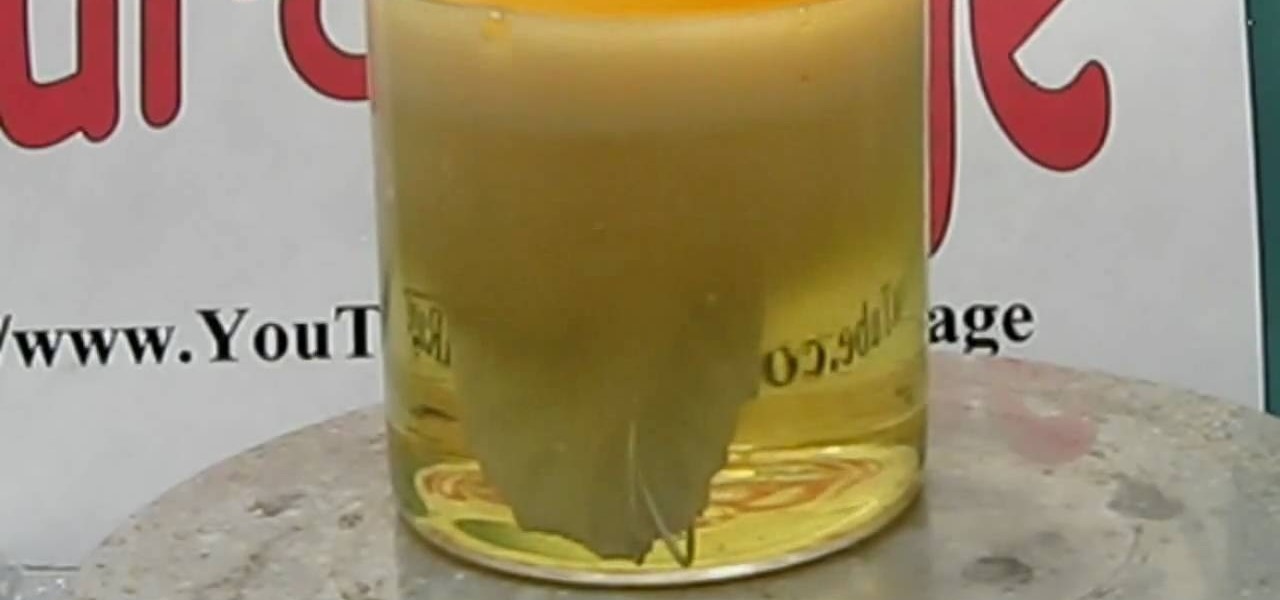
How To: Make silver nitrate from silver and nitric acid
Watch this science video tutorial from Nurd Rage on how to make silver nitrate from silver and nitric acid. They show the chemistry of making this cool chemistry, colorless solid.
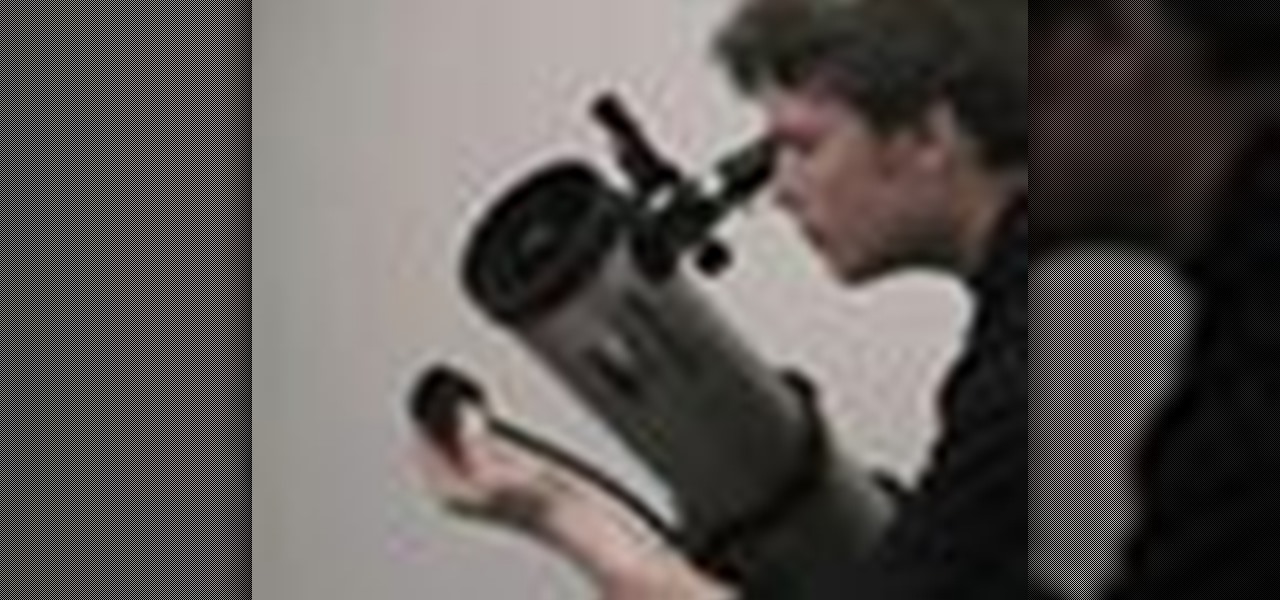
How To: View the universe with the Meade EQ Series Telescope
All you science and astronomy nuts out there, pay attention, this detailed video tutorial series will tell you everything you need to know about using the Meade EQ Series Telescope to ogle the universe.
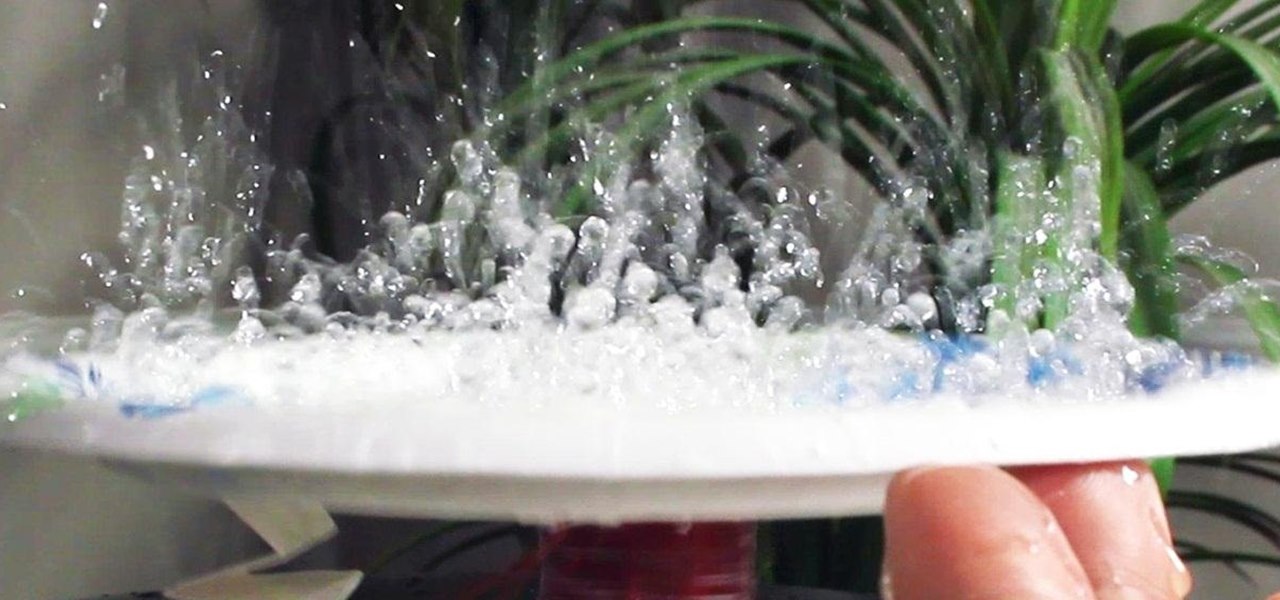
How To: Make a Paper Plate Speaker That Actually Works for Under $1
Back in 2007, YouTube user HouseholdHacker posted a parody video on how to make a high-def speaker for under a buck. MythBusters took on the challenge and busted it.
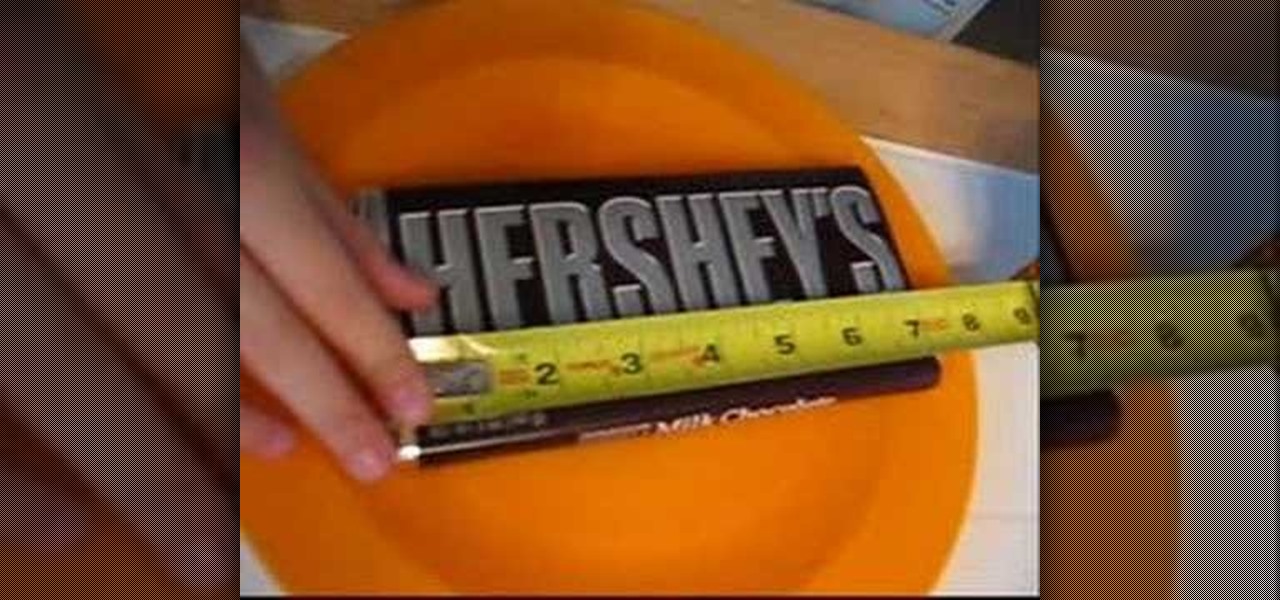
How To: Measure the speed of light with a chocolate bar
All waves in the electromagnetic spectrum (light, x-rays, radio waves, microwaves, etc.) travel at the speed of light c=299,792,458 m/s. For any wave, the wavelength times the frequency yields the speed:
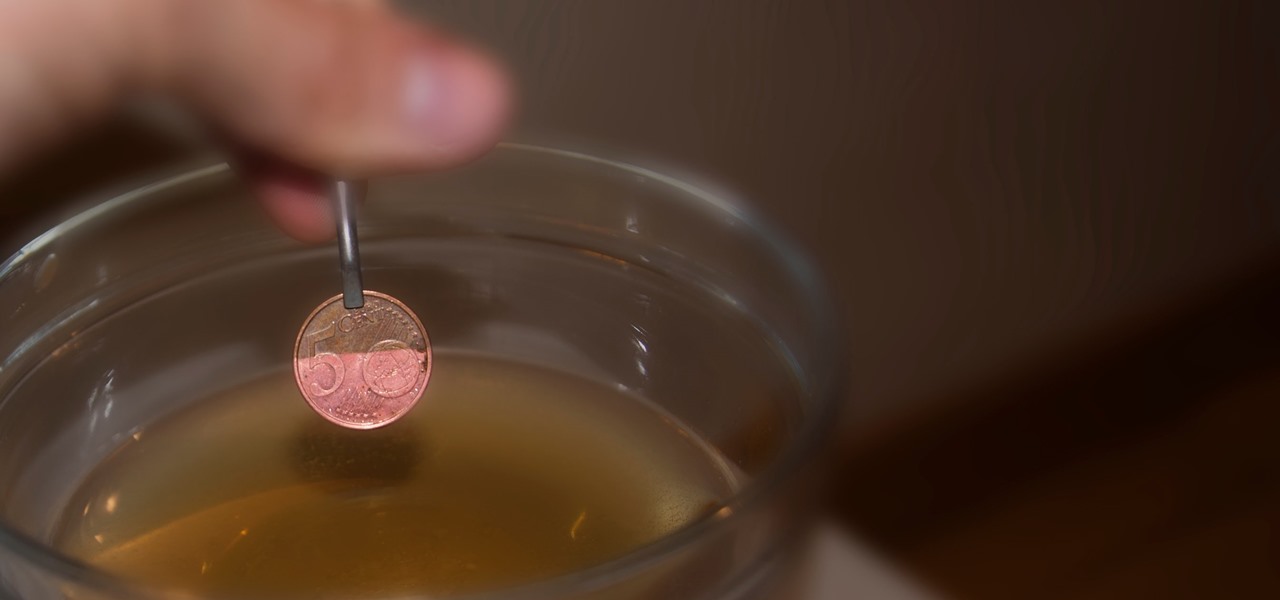
How To: Clean Copper Coins in One Minute
Video: . You Need just 2 Components:
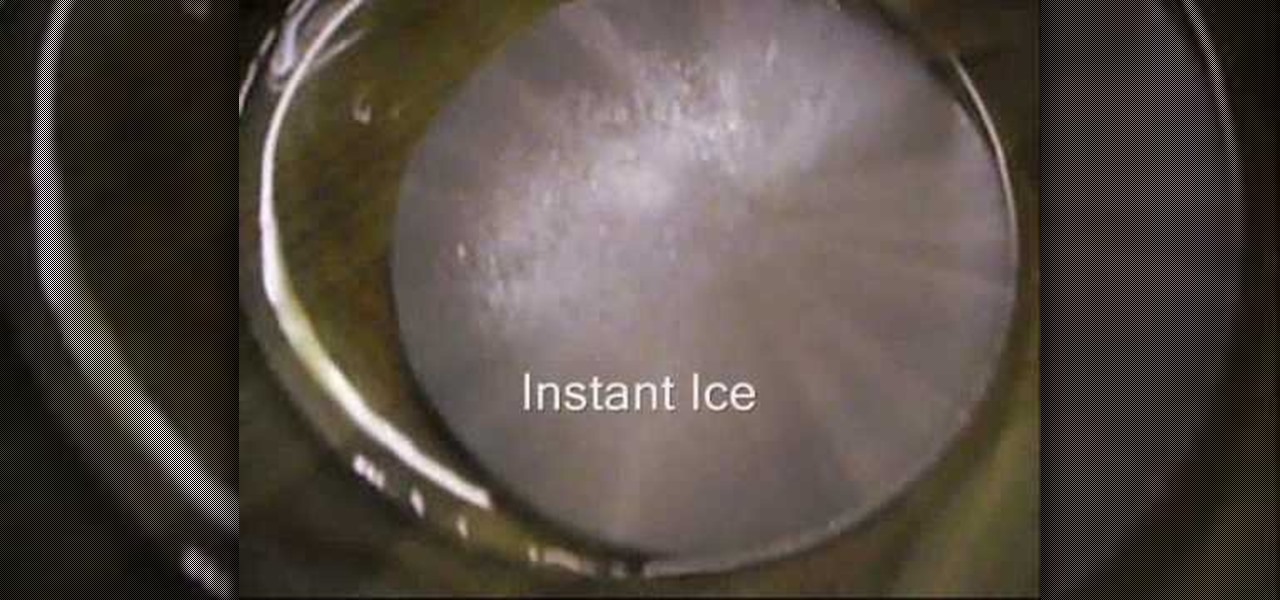
How To: Make simple and fun "hot ice" at home with vinegar
Hot ice is a very cool experiment. This is a recipe for homemade 'hot ice' that mimicks the sodium acetate one but only requires simple ingredients!
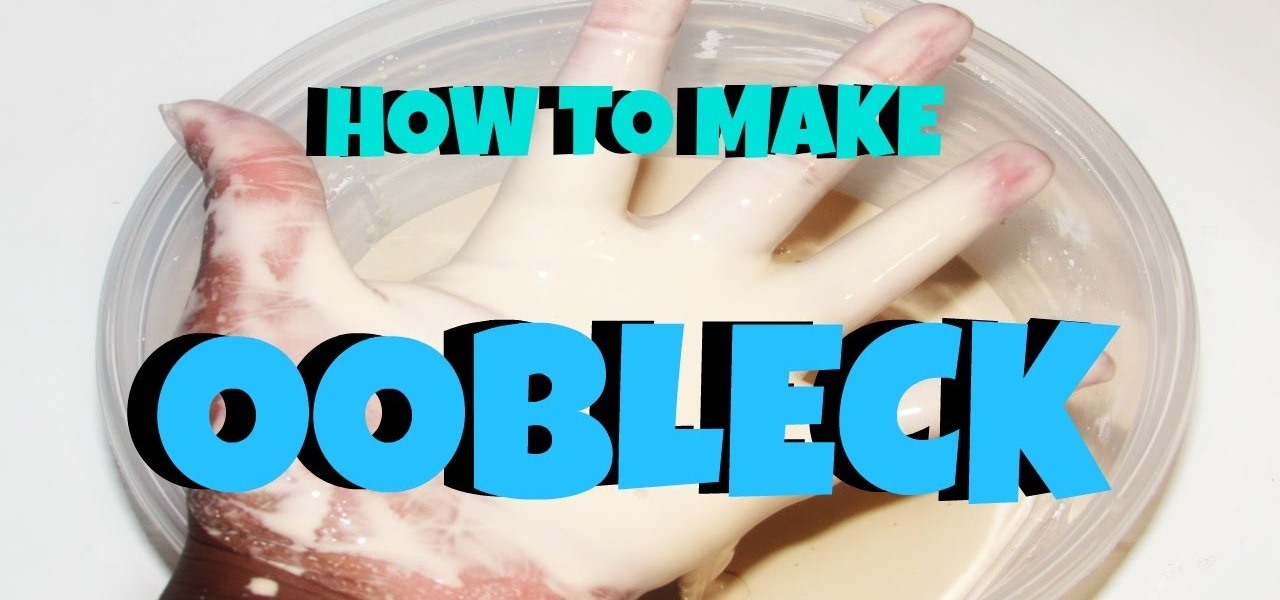
How To: Make Oobleck
Oobleck is a cool substance that is not quite liquid or solid. Don't believe me, then try for yourself!! All you need is a couple of household ingredients!!

News: What Happens When Lightning Hits Sand
Is this what happens when lightning hits sand? It turns out that when lightning hits sand, it makes little holes in it. Sadly, this picture was part of an internet hoax that circulated in 2013.

How To: Convert sunlight into hydrogen fuel
Want to learn how to harvest the sun? Just watch this science experiment video to see how to convert sunlight into hydrogen fuel. It's simple and environmentally friendly.
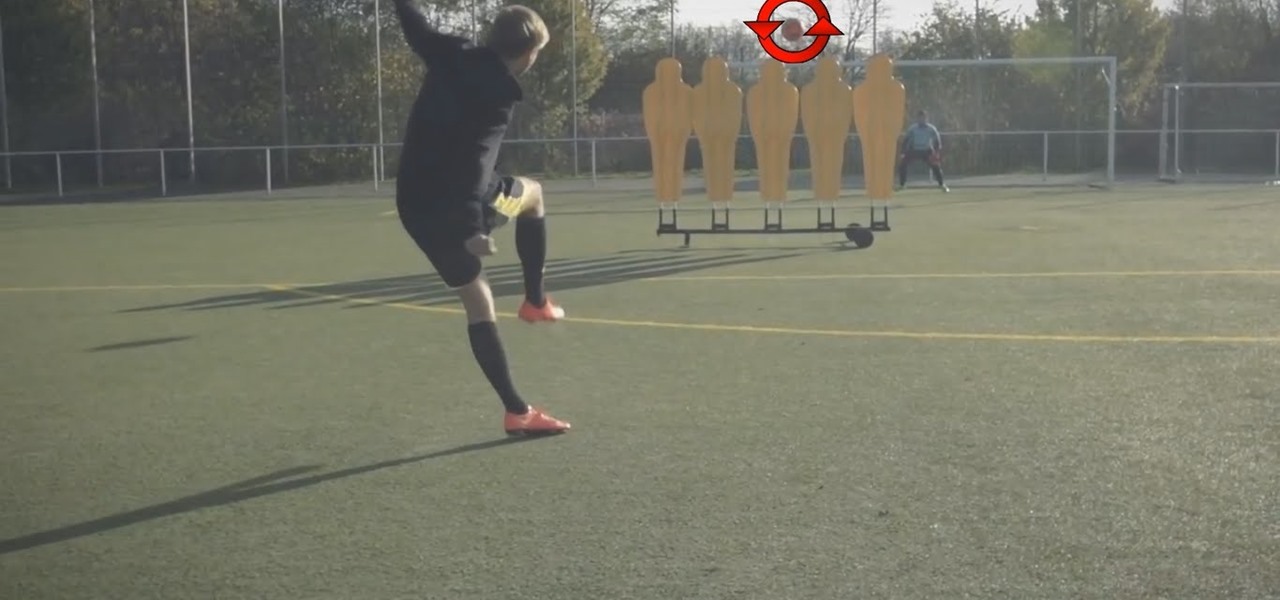
News: Magnus Effect - Just Awesome !!!
In 1997 Roberto Carlos scored a majestic goal against France by bending a ball through the air in a majestic way, so majestic the France goalkeepers stopped to watch !
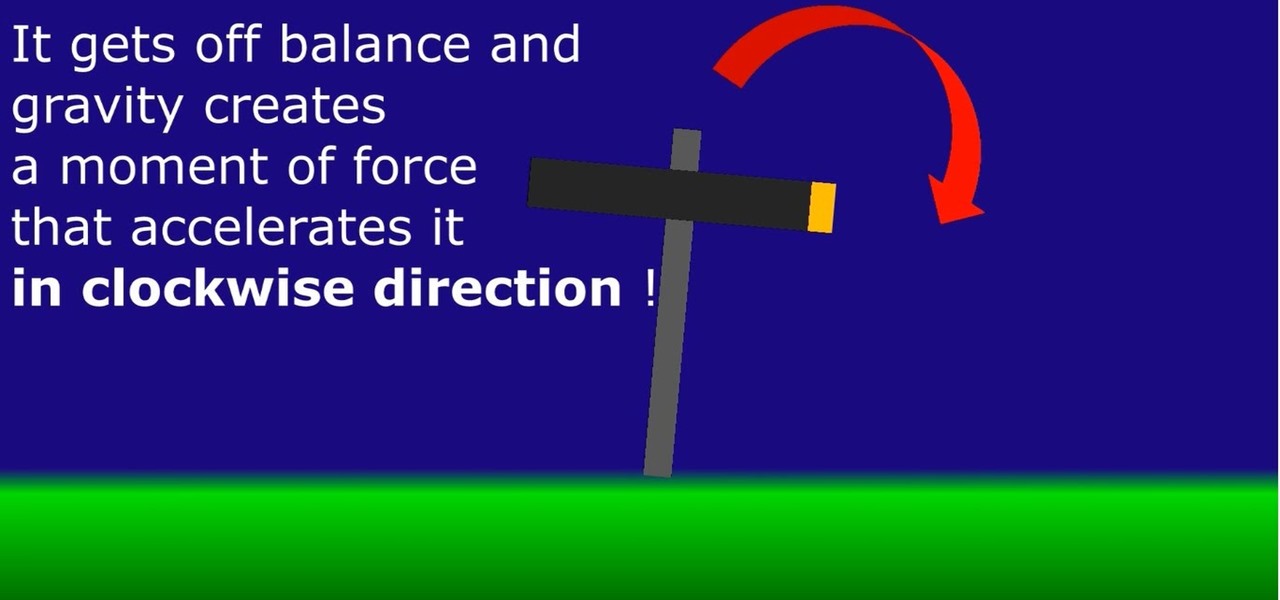
News: Gyroscopes = Dark Sorcery ?
A gyroscope goes into a bar, the bartender asks if he's drunk.

News: Fun Physics for All !!!
Science is not boring, not with Integza... THIS IS INTEGZA !!!
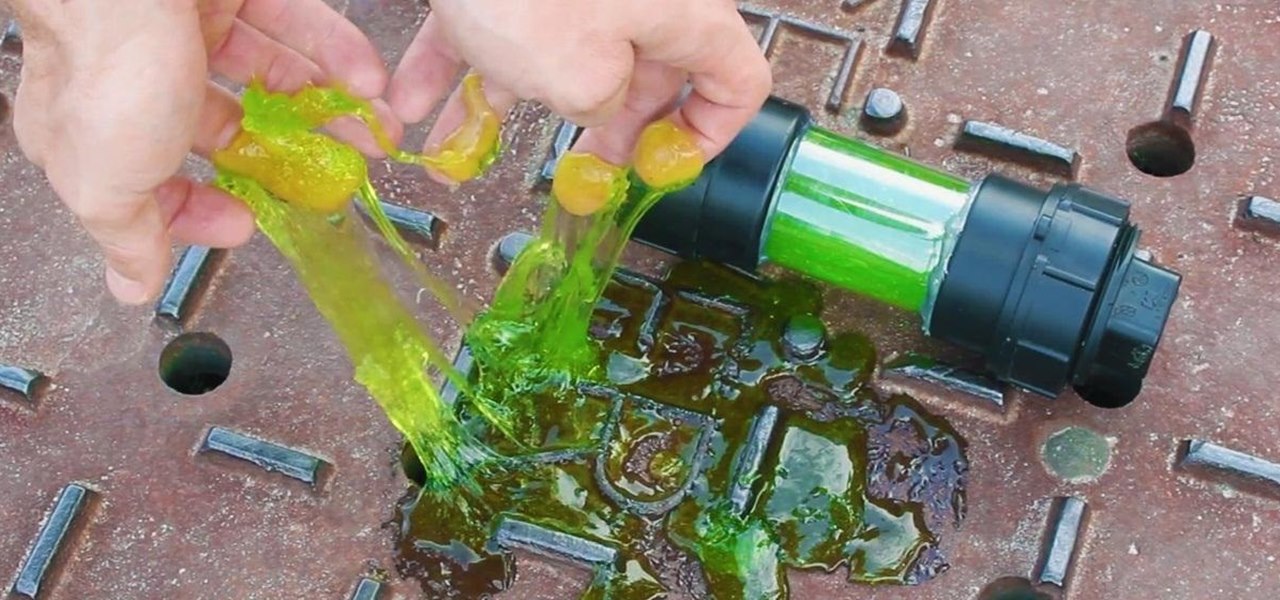
How To: DIY Ninja Turtle Ooze! Make Your Own Radioactive Canister of Glowing Green Slime at Home
There's a broken canister of mutant ooze leaking down into the sewers! But don't worry because this sticky slime is non-toxic, and it's so easy to make, a three-year-old can do it!
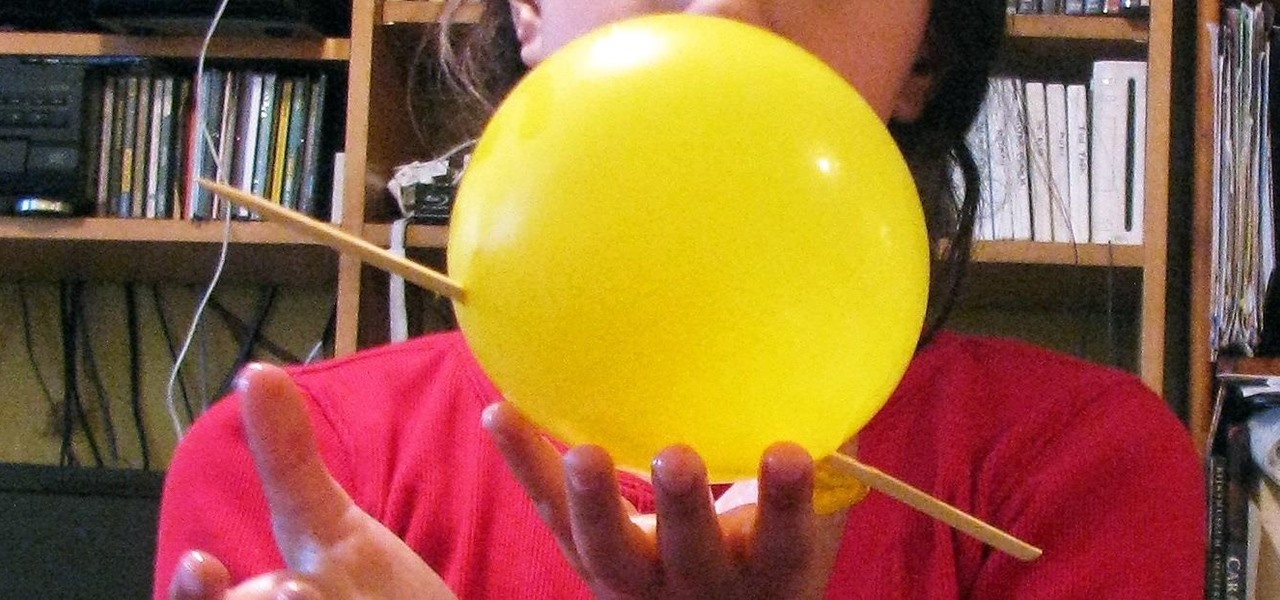
How To: The Trick to Stabbing a Balloon Without Popping It
A balloon's worst fear is a sharp object, so usually when you puncture a balloon, it pops in your face. Not with this science trick! To puncture a fully blown up latex balloon without popping it, you'll need a pointed metal or wooden skewer and some plain old dish soap. That's it.
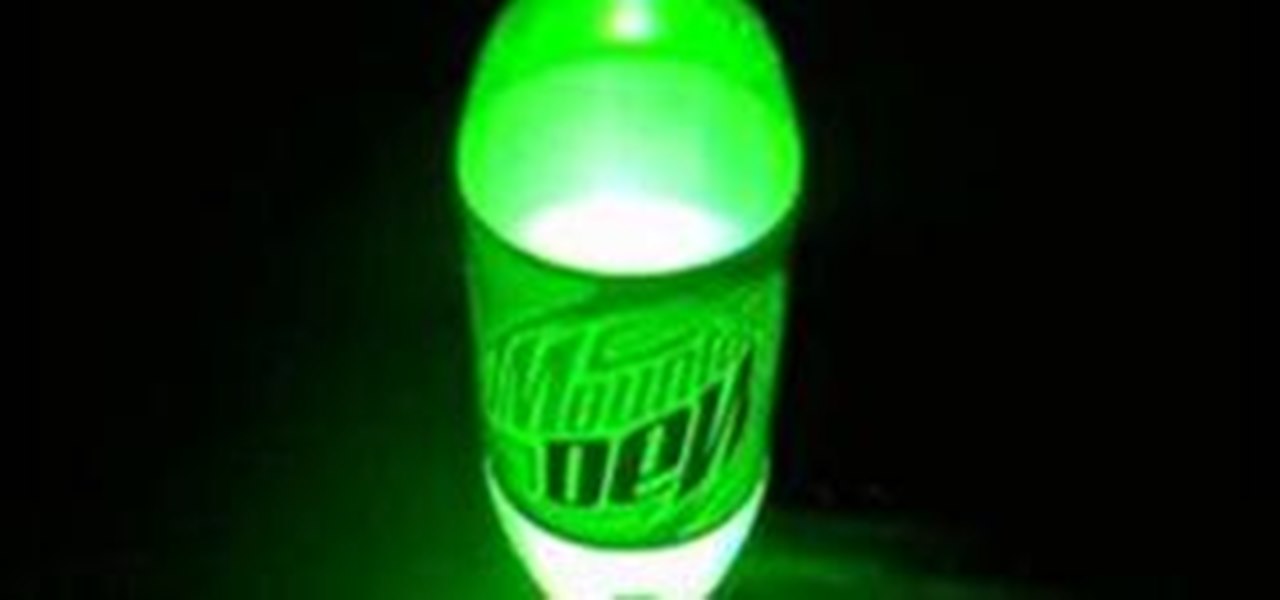
How To: Create light with Mentos and Mountain Dew
Systm is the Do-It-Yourself show designed for the common geek who wants to quickly and easily learn how to dive into the latest and hottest tech projects. They will help you avoid pitfalls and get your project up and running fast. In this DIY episode, see how to create light with Mentos and Mountain Dew.
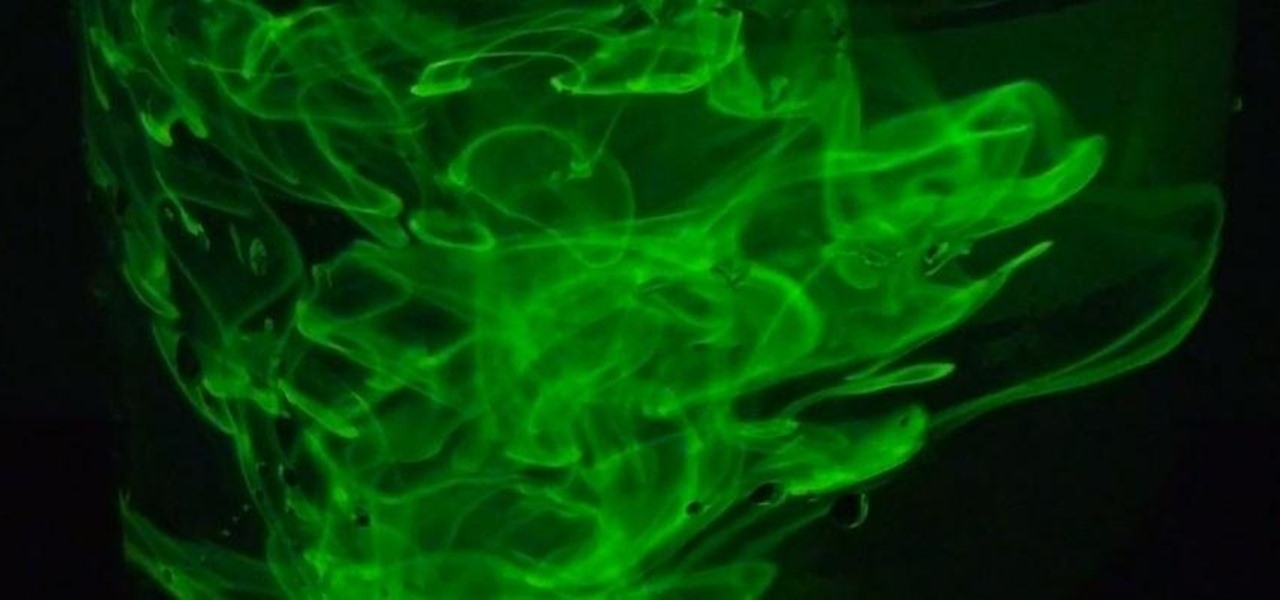
How To: Make Your Own Glowing Green Fluorescein (Fluorescent Dye)
Fluorescent dye can be a great addition for decorating around the house for Halloween, especially for a haunted one. Creating your own fluorescent dye is a simple experiment, as long as you've got the proper chemicals and safety gear. Nurd Rage details the chemical process of creating your own fluorescein below.
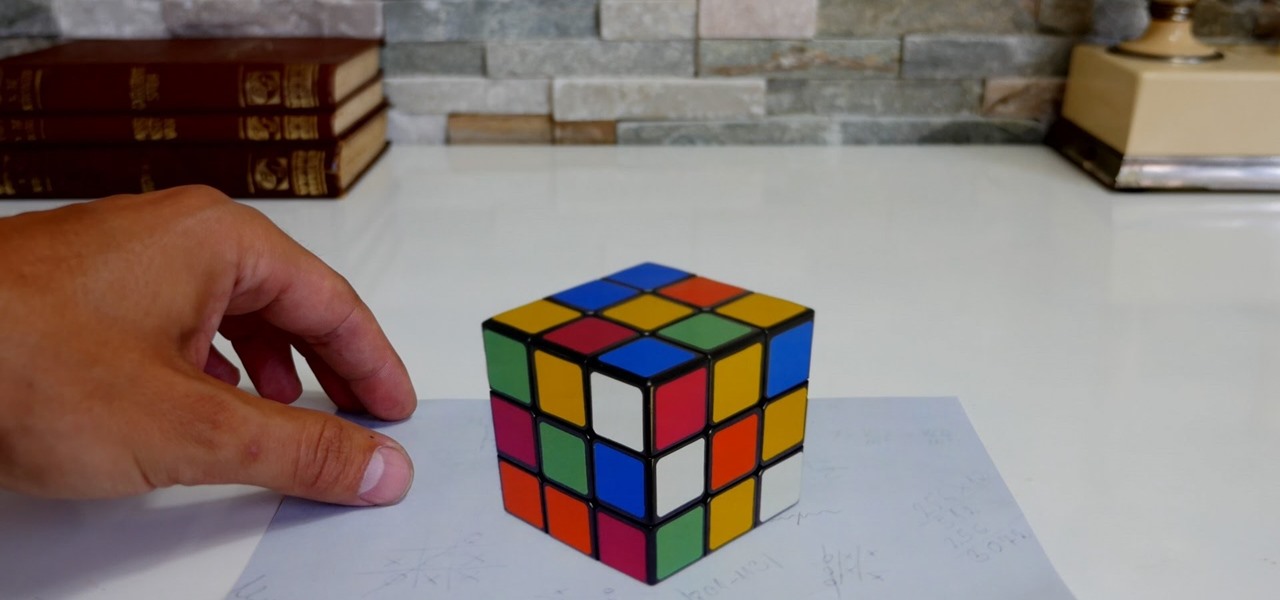
News: 10 Amazing Optical Illusions
This video is compilation of ten amazing optical illusions: Rooftop Illusion, Color Illusion, Motion Binding Illusion, Crazy Wire Illusion, Duck-Rabbit Illusion, Silver Egg Illusion, Anamorphic Illusion, Water Illusion, Animated Optical Illusion.
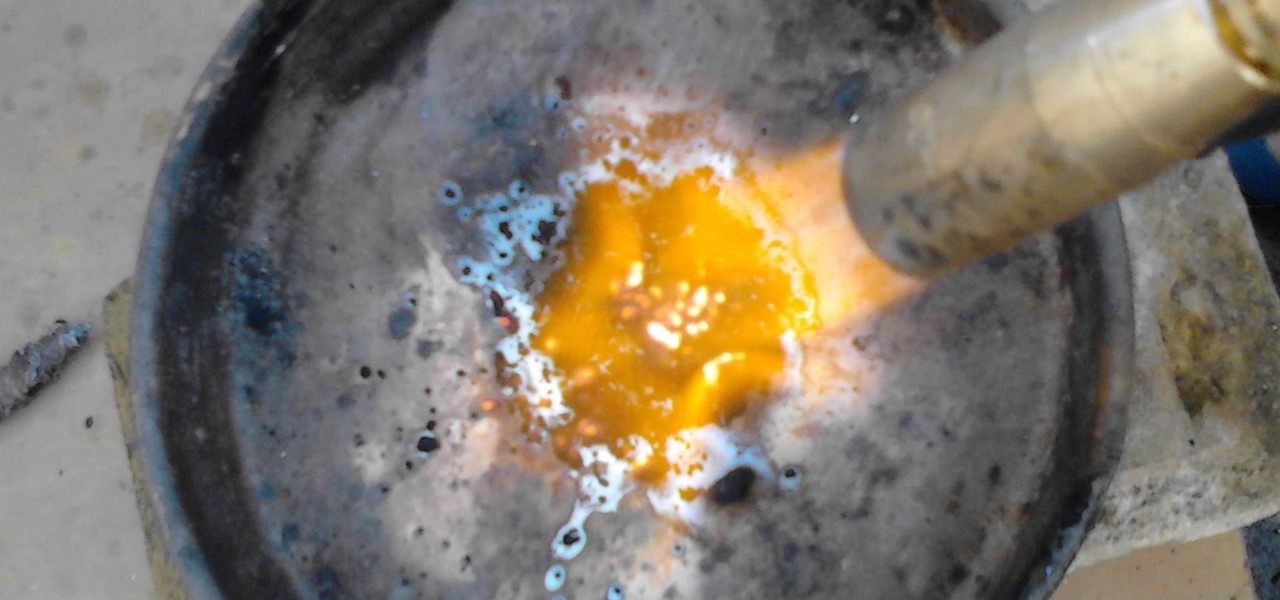
How To: Transform MnO2 into Mn2O3
In this experiment, we're going to get Mn2O3 (manganese(III) oxide) from MnO2 (manganese(IV) dioxide). Mn2O3 forms brightly red or a dark red colored crystal. It is used in Li-ion batteries, since (in a form of a crystal) it conducts electricity (much like MnO2).
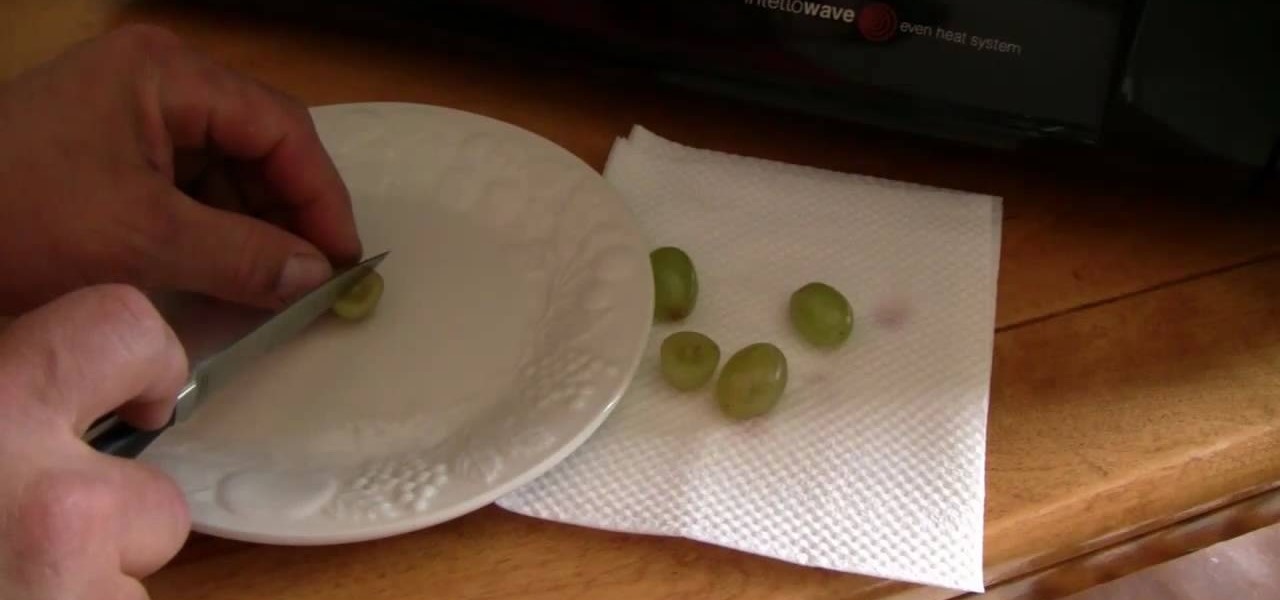
How To: Make plasma with grapes and a microwave oven
This free video science lesson from the Mr G. demonstrates a simple technique for generating plasma with a microwave and a few grapes. For all of the relevant details and detailed, step-by-step instructions, as well as to get started trying this experiment yourself, watch this home-science how-to.

How To: Do a demonstration of the Doppler effect
This video is an excellent example of how to demonstrate the doppler effect in the classroom.

How To: Make elephant toothpaste with detergent, hydrogen peroxide & potassium iodide
We all know what elephant toothpaste is, but what's the best way to make this massive growing foam? Dr. Lithium from NurdRage has answers. He'll show you the best way to reproduce this chemical reaction to get the best foaming action! This is a classic science class demonstration.
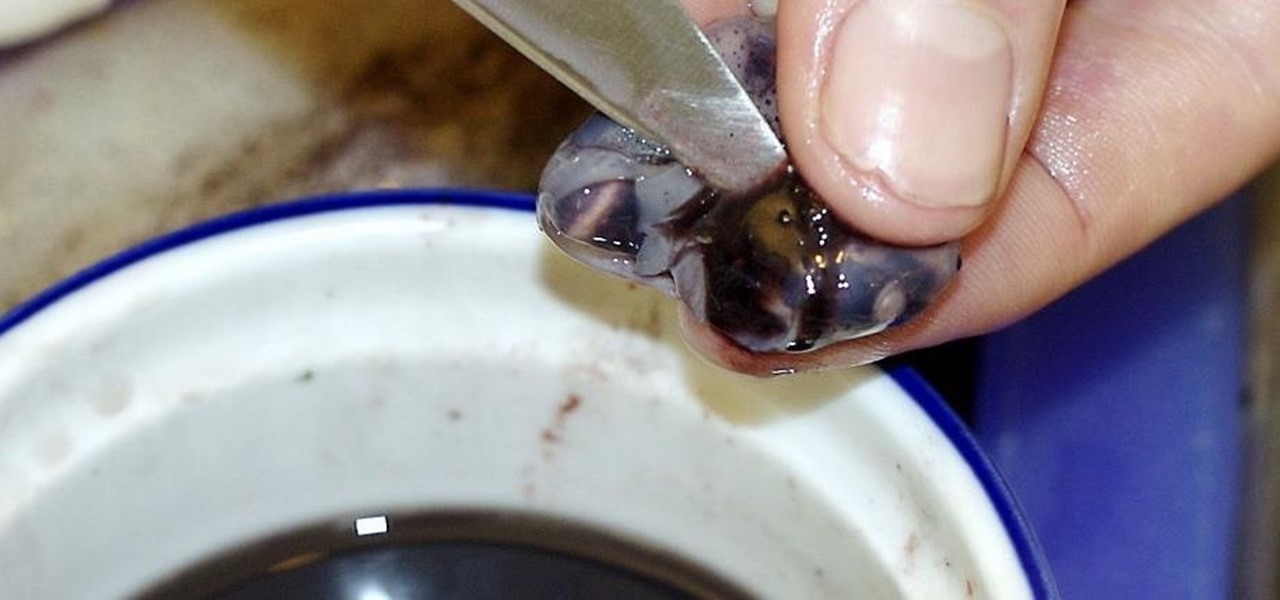
How To: Harvest Squid Ink
This is an Instructable by canida on how to harvest squid ink. Clean your own squid, and collect ink for printing or cooking!
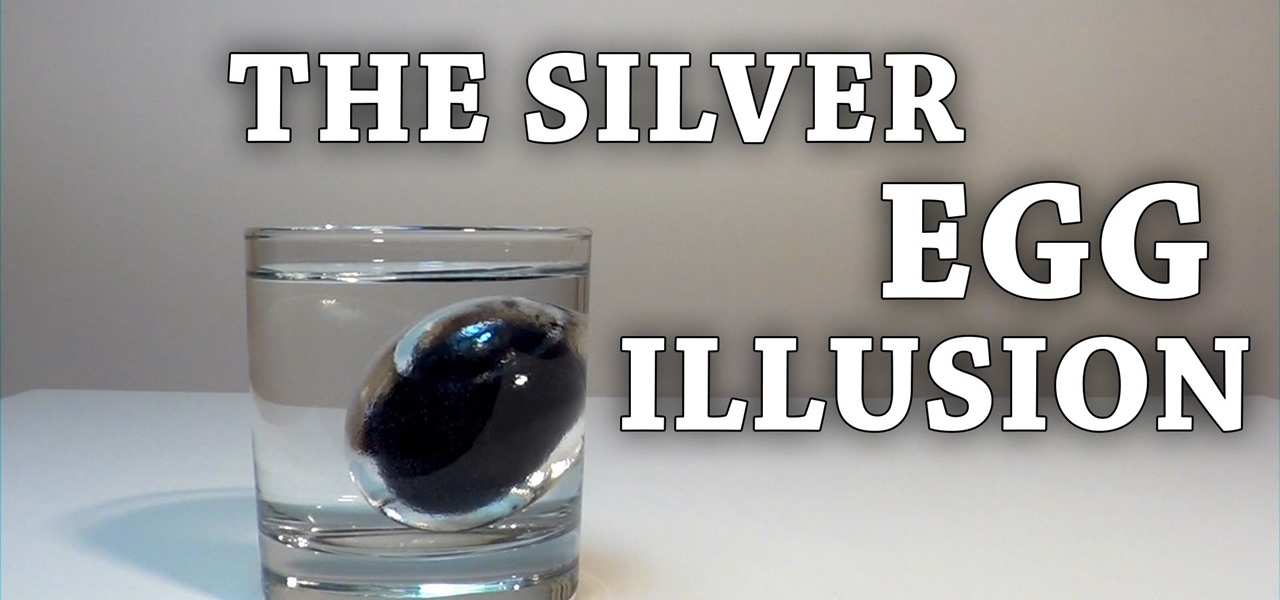
News: The Silver Egg Illusion
This requires a dry hen's egg at room temperature. Hold an egg near a candle flame to cover it with soot. It will need to be completely covered. This is tricky, because if the egg is a tiny bit damp the soot will easily flake off on to your fingers as you turn the egg. Once the egg has a nice black sooty coating, gently immerse it in a bowl of water.

How To: Make Slimy Teenage Mutant Ninja Turtle Ooze at Home
It's been a minute since Michael Bay released his tragedy of a remake of Teenage Mutant Ninja Turtles. As a huge fan of the cartoon and the movies from the '90s, I have made it a point to not watch the latest this franchise has to offer—I'm certainly not in the business of ruining my childhood. But the awfulness of the remake aside, the TMNT resurgence means I'm celebrating the comeback of everybody's favorite teenage reptiles. Thankfully, Todd's Kitchen has a tutorial for mutant ooze that's ...

How To: Make a Crazy Zigzagging Stream of Water Using a Speaker
Sound waves are a lot more versatile than you'd think. For starters, you can use them to project images onto a bubble and liquefy gummy bears. And now, YouTube scientist and optical illusionist extraordinaire Brusspup shows how sound waves can also be used to manipulate a stream of water into a zigzag shape.

How to Be Your Own SpaceX: Design, Build & Test Liquid-Fueled Rocket Engines
Move over NASA— SpaceX is taking over. Well, not really. But today, the privately funded spacecraft company broke all expectations when their Dragon capsule fell to a soft landing in the Pacific Ocean, completing an undoubtedly successful demo flight of nearly two full trips around Earth. It was the first re-entry of a commercial spacecraft ever, bringing commercial space transportation closer to reality.
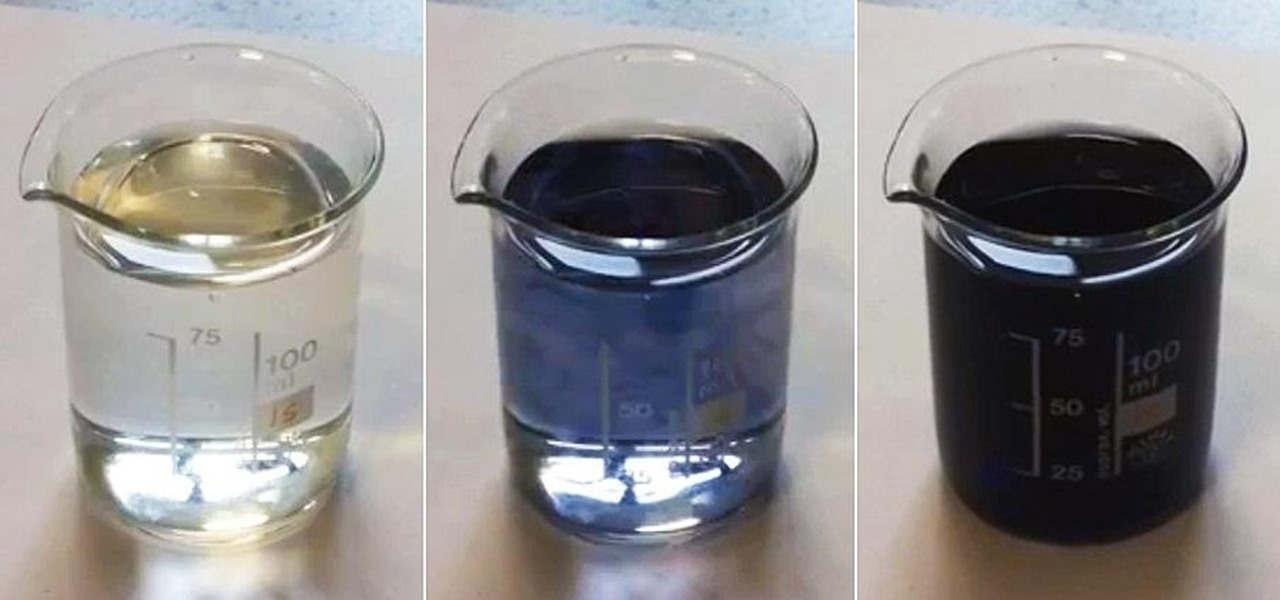
Classic Chemistry: Colorize Colorless Liquids with "Black" Magic, AKA the Iodine Clock Reaction
Want to make boring old colorless water brighten up on command? Well, you can control the color of water with this little magic trick. Actually, it's not really magic, but a classic science experiment known commonly as the iodine clock reaction, which uses the reactions between water and chemicals to instantly colorize water, seemingly by command. You can use different colorless chemicals to produce different colors, and you can even make the color vanish to make the water clear again.
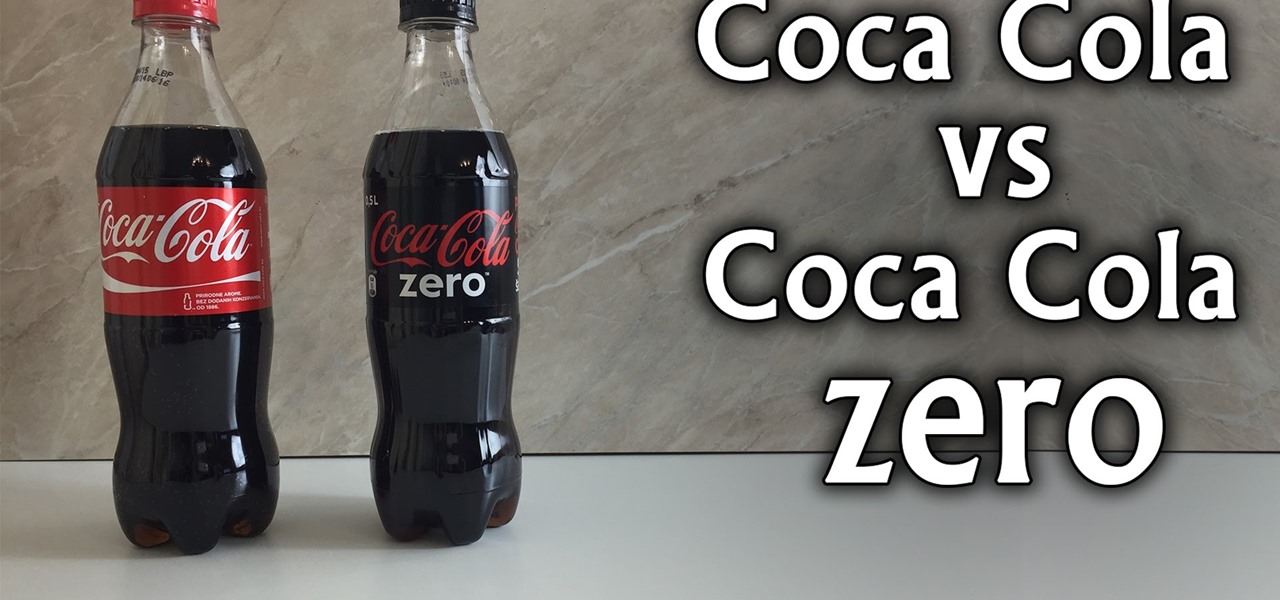
News: Coca Cola vs Coca Cola Zero - Sugar Test
Just how much "zero" is Zero? What happens if you boil these popular drink for 20 minutes or so? Watch this video and you'll be surprised by what you get after the water evaporates.
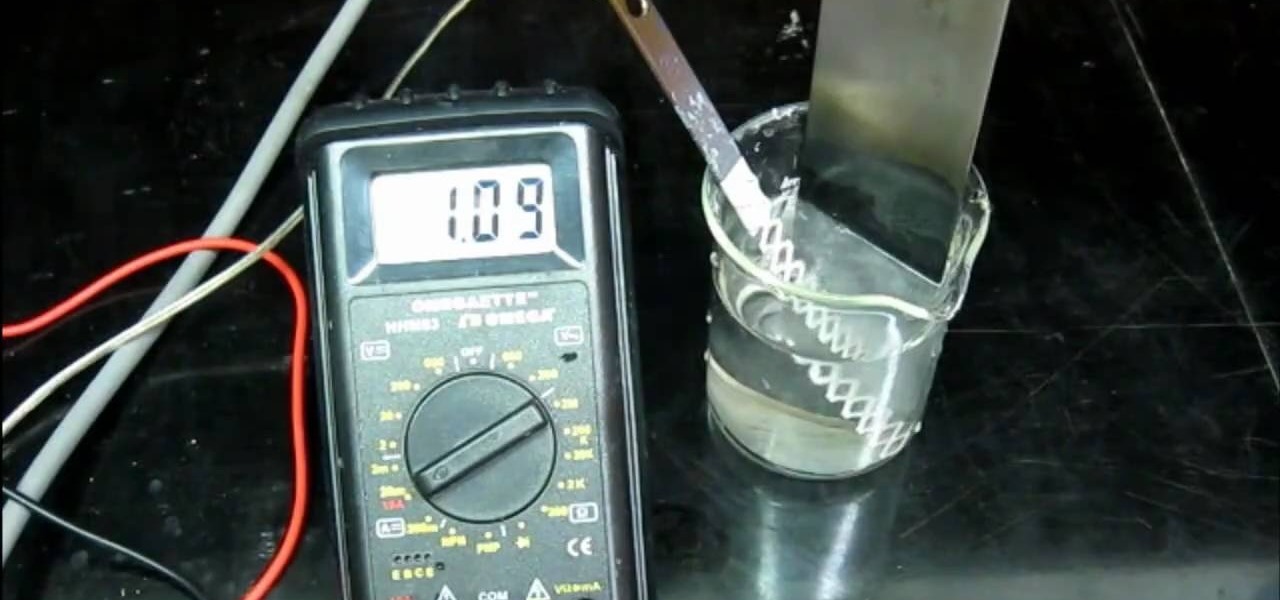
How To: Make manganese dioxide electrodes
Various electrochemical reactions requires that anodes do not degrade when used. Carbon is cheap, but degrades easily and platinum is extremely expensive. In a previous video, you learned "How to make cobalt and manganese nitrates", and you saw that titanium could be used as a cathode, but not as an anode due to an effect called passivation.

How To: Make a homemade hot air balloon
Think a hot air balloon is something you can only read about in books? Think again. In this six-part science based tutorial, learn how to make your very own hot air balloon using science & the following easy to find materials: plastic bags, plastic drinking straws, thin candles, aluminun foil, tape, and scissors.
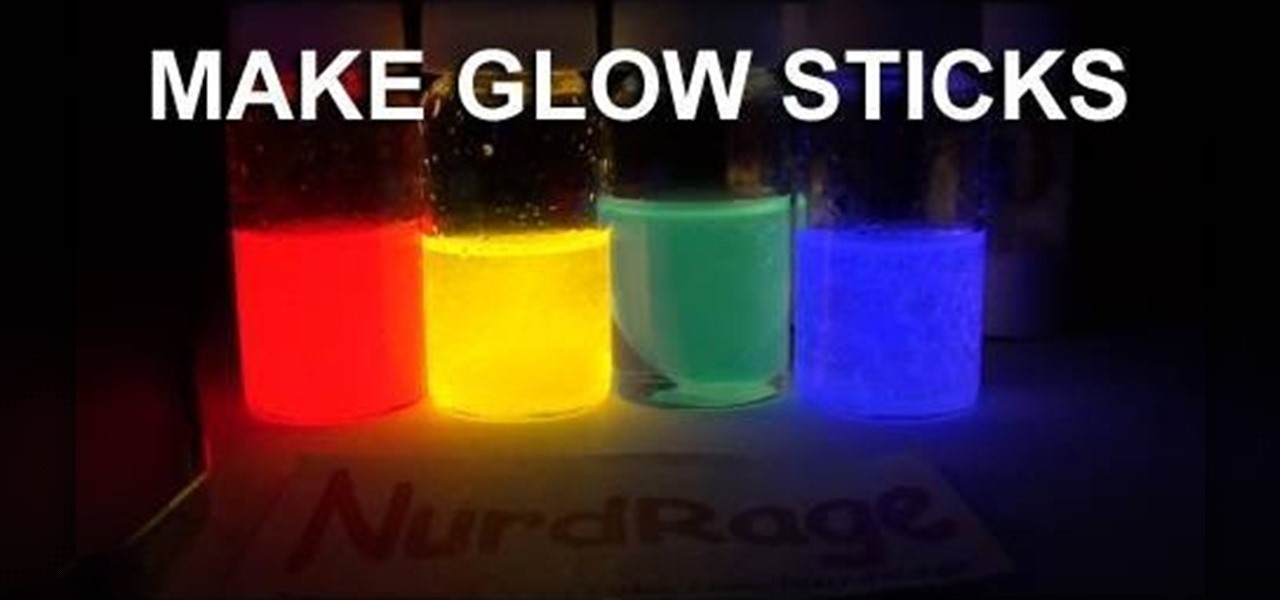
How To: Make glow sticks with DEP, TCPO, sodium acetate & dye
If you prefer glow sticks over candles during a power outage, then this how-to is for you! Although glow sticks are used as temporary light sources, there are other applications for them. Divers use them for night diving, fisherman use them to catch swordfish, and the military uses them for light markers, along with infrared versions used in conjunction with night vision devices. But with all these handy uses for glow sticks, the most popular is — recreational use, like dancing at raves, some...
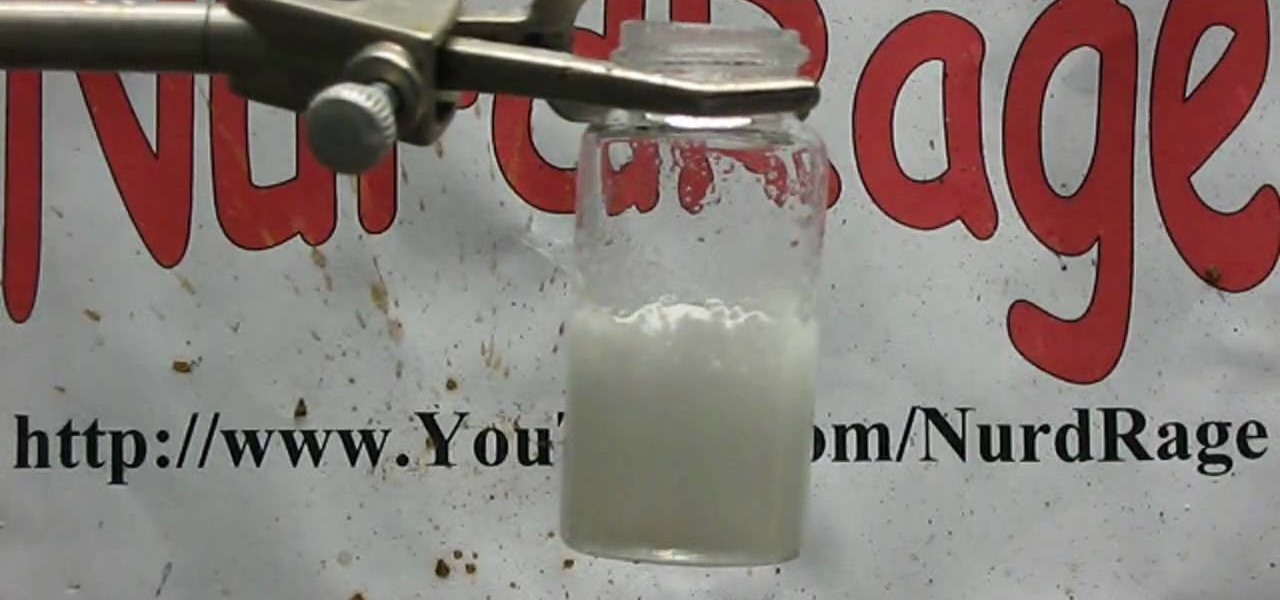
How To: Make sodium silicate from drain cleaner and gel beads
Watch this science video tutorial from Nurd Rage on how to make sodium silicate from drain cleaner and gel beads with Dr. Lithium.
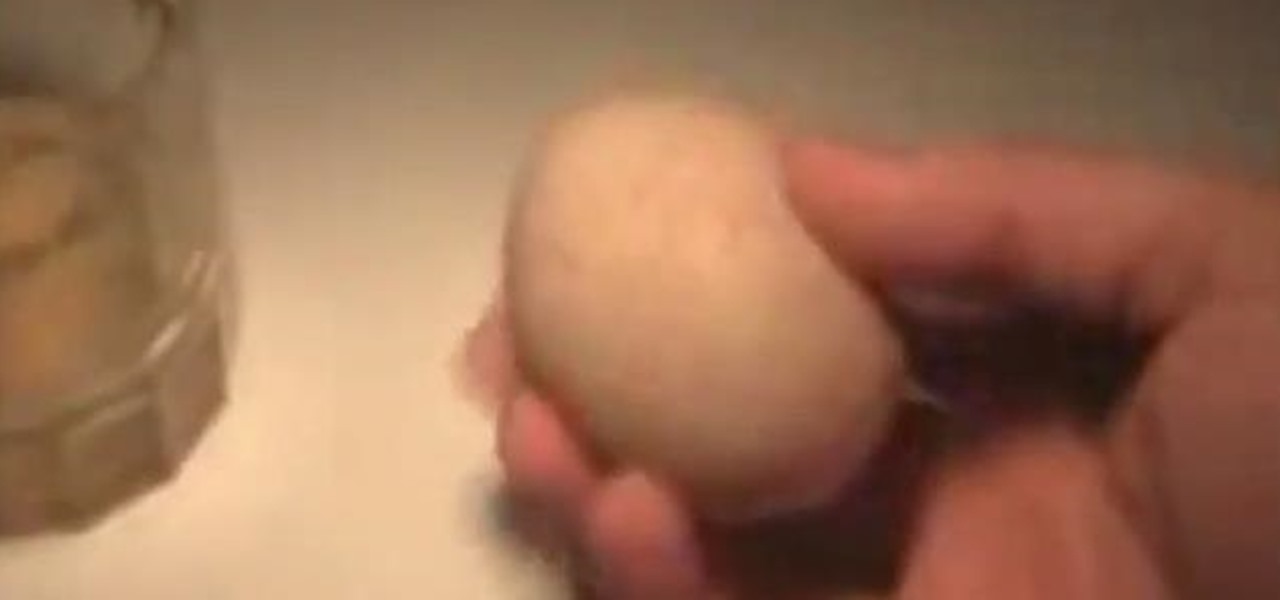
How To: Turn a Shelled Egg into a Bouncing Translucent Ball
Turn your kitchen into a science lab with this egg-tastic science experiment, which turns a shelled raw egg into a bouncing translucent ball. It's one of the simplest tricks of all time, and all you need is a raw shelled egg and some vinegar.

How To: There's Metal Hiding in Your Pepto-Bismol and Here's How You Extract It
Got an upset stomach or a little heartburn? America's favorite pink pill will cure it right up. But did you know that there's actually metal hiding in those chewable Pepto-Bismol tablets? Yes, metal. Technically, it's a poor metal, but metal's metal, right? Well, we do tend to eat a lot of iron in our diets, because it carries oxygen throughout our bodies, so consuming metallic minerals isn't anything abnormal. But you'd never think that Pepto-Bismol is actually made up of metal.

How To: Make a Fire with a Magnifying Glass
Here is a video that shows 90 seconds that could save your life. How to actually MAKE A FIRE with a lens, rather than just burning a hole in a leaf. (Or frying ants, which seems to be the other thing that kids like to do with magnifying glasses.)
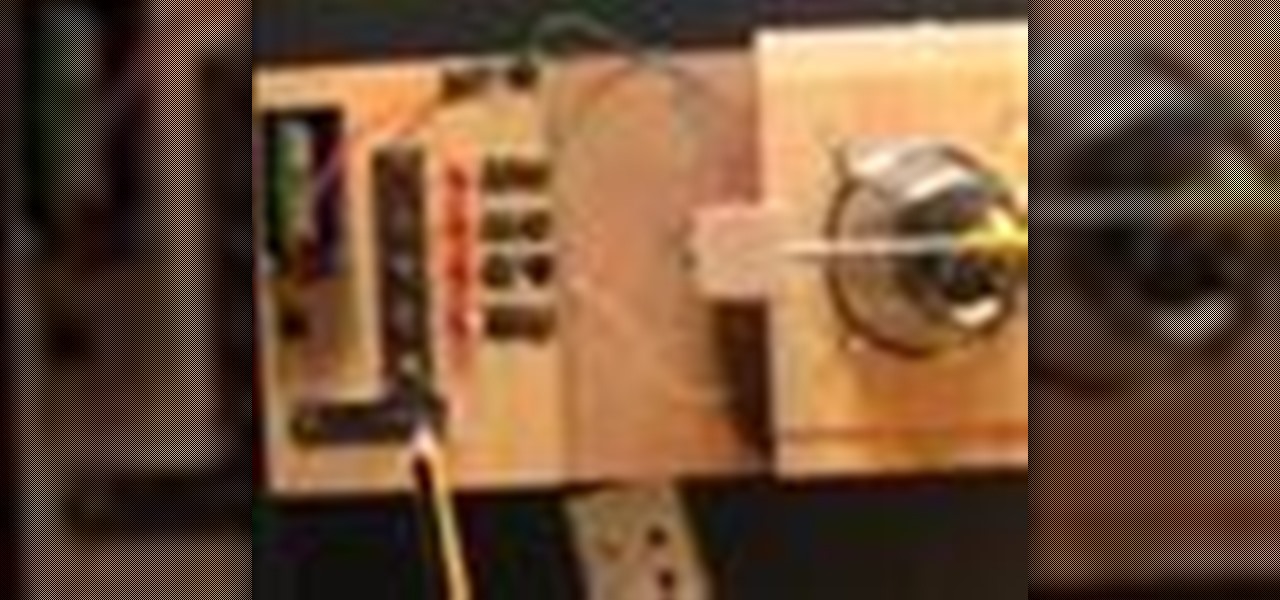
How To: Understand an electronic weathervane
This simple weather instrument is an example of electronic instrumentation, it uses a swinging pendulum conductor and four LEDs to indicate wind direction. This simple, but sophisticated, device is suitable as a science fair project or as a project in the grades 6/7/8 technology program of a school.
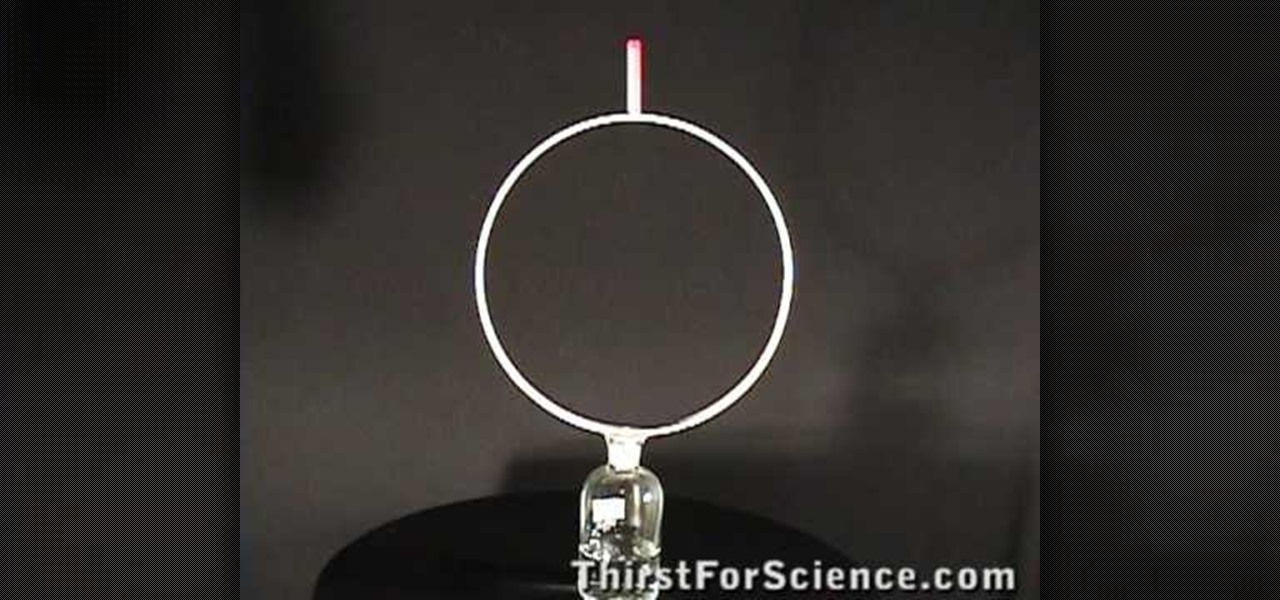
How To: Experiment the law of inertia
Newtons proposed the concept of inertia. According to him an object at rest tends to stay at test and an object in motion tends to continue in motions unless acted up on by an external force. This is the principle of inertia. The tendency of the body to continue to stay as it was is called its inertia. You can demonstrate this principle with a simple experiment. As shown in the video when the hoop is pulled out the pen cap falls in to the bottle. Here the hoop is acted upon but the cap is not...







